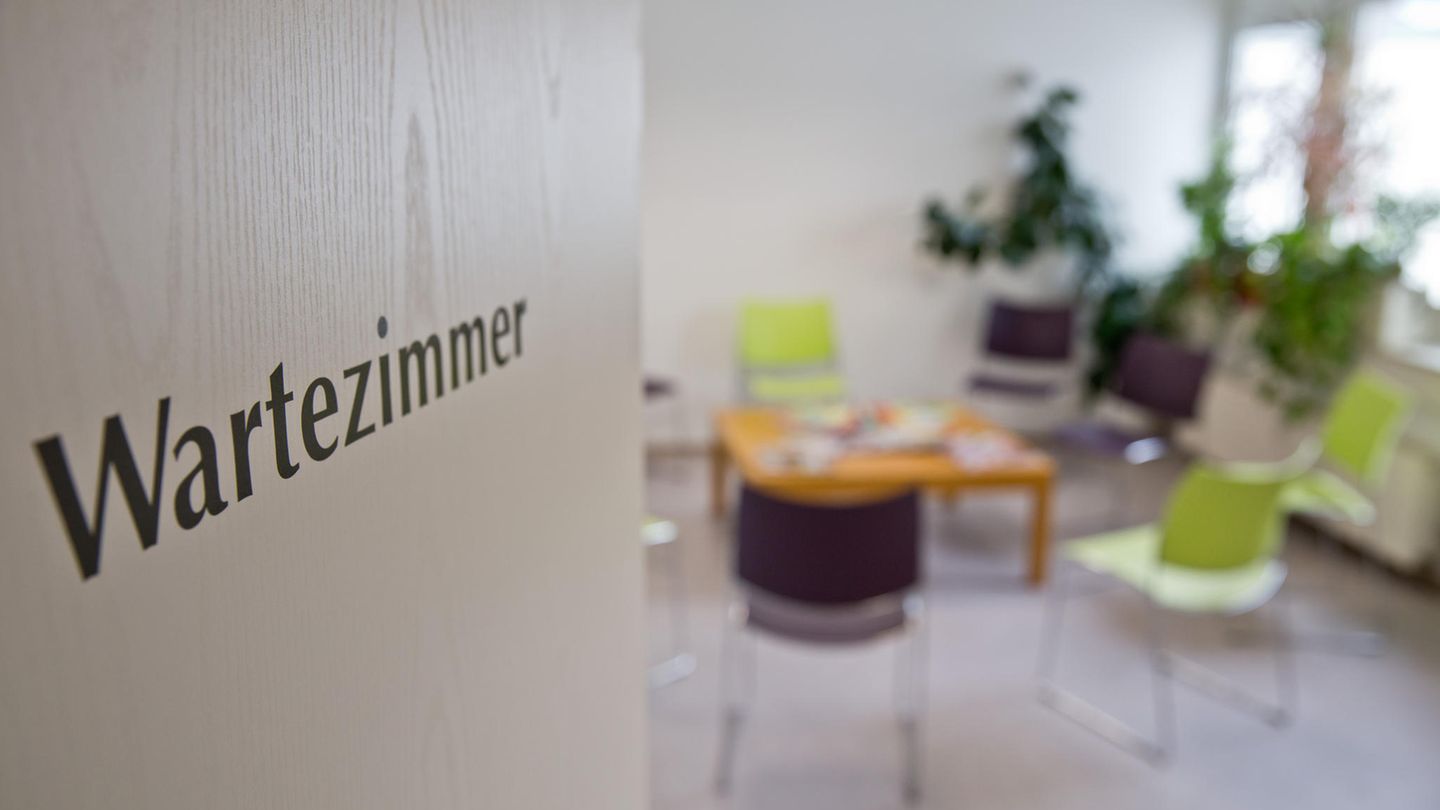Audi is launching a pilot project near the Nuremberg exhibition center that, although it will not solve the charging problems in the metropolises, could significantly alleviate them.
If the prophet does not come to the mountain, the mountain will come to the prophet, they say. Audi takes this principle to heart and brings charging into cities. “It’s about the people who cannot charge their electric car in their own garage,” explains Florian Kehl. The plan sounds good, but in the metropolises not only is space limited, but also the power output. The Ingolstadt car manufacturer has found the solution for both. Audi Charging Hub “is the name of the charging station in the unavoidable marketing Denglish. Near the exhibition center in Nuremberg there is a cube with six charging points at which the batteries can be filled with up to 320 kW charging power.
That is nothing special in itself. But the Audi charging station can largely be operated independently. “All we need is an asphalt surface and a power connection with 200 kW,” explains Kehl. Nevertheless, the charging station creates a total charging capacity of 960 kW. Turn 200 kW into ?? 960 kW? How does that work? They can’t do magic in Ingolstadt yet. The trick is energy storage with a total capacity of 2.45 megawatt hours. That corresponds to the batteries of 26 Audi e-tron 55s. The cars do not draw electricity directly from the mains, but rather from the 924 battery modules, which are all so-called “2nd life batteries”. In other words, recycling batteries from Audi electric vehicles.
The principle corresponds to that of a rain barrel, in which water flows into it. Instead of water, electricity constantly trickles into the energy storage device during the charging hub. Which are filled for 24 hours. In addition to the green electricity connection, a 30 KW photovoltaic system provides for electricity replenishment. Incidentally, the energy storage devices are not housed centrally in one place, but are distributed decentrally. The individual battery modules are located in shelves, so-called racks, and can be quickly replaced. This means that more powerful batteries from across the VW Group can later serve as storage. An intelligent energy management monitors the status of the storage and sounds an alarm if the performance decreases or the status becomes critical. Due to the comparatively meager flow of electricity, the second-hand batteries are gently refilled and should therefore last a long time.
Around 80 electric cars can currently be supplied with electricity every day. This number comes from the analysis of the charging partner Ionity, which showed that an average of 45 kWh flow into the batteries per refueling process. The principle of the Audi electricity filling station is consistently modular. The prototype filling station currently consists of three so-called cubes, each with two charging points. If both columns are charged, the charging power is halved to a maximum of 160 kW. If necessary, additional cubes can be retrofitted quickly. A constant power line is not even necessary for them to work. Each cube also has stationary power storage devices, which then simply have to be topped up by. “This is plug n play”, says the strategic project manager Ewald Kreml happily. Nevertheless, tubes for an extension have already been laid in the Nuremberg pilot project.
Sophisticated charging technology is one thing, the charging experience is quite another. You can book your 45-minute loading slot via app or online. Exactly 15 minutes before arrival, a metal bracket folds up and reserves the space for the customer. The charging cable is attached to a kind of swiveling boom, hangs in the air, does not get dirty and thanks to this device is only half as heavy and can be connected without much effort. By the way, every electric mobility enthusiast can charge with his or her charging card. The tariff then corresponds to that of his provider. Audi customers pay the Ionity standard 31 cents per kilowatt hour.
So far, the charging stations along the German traffic arteries have not been particularly charming. The Audi motto is to get out of the dim corners at rest areas. It goes without saying that every charging point is covered. When the charging process is activated, the customer receives a code that enables access to a heated lounge. There you can have a coffee or a vending machine, cold drinks and small snacks. The products match the noble ambience and do not come from the discounter. If you want, you can also work or just relax. WiFi is available and a concierge is available between 10 a.m. and 7 p.m. to answer any questions. Audi and Porsche customers have access to another room that is even more luxurious and also offers a roof terrace for the warm days.
The station in Nuremberg is just the beginning. If everything goes smoothly, the charging hubs should be installed at critical points in the cities. On the one hand there are the access roads and on the other hand there are junctions. The Audi strategists observe the parking processes of many thousands of electric cars. If there are more than five in 30 minutes, things get interesting. Once the decision has been made, it happens very quickly. Once approved by the responsible authorities, such an Audi charging hub sprang up within four weeks and disappears just as quickly if necessary. The basis is a steel girder structure. The lounge area or the upper floor consists of five wooden modules. There is also a wheelchair lift for people with disabilities and a toilet suitable for the disabled. Self-sufficiency is the key at the Audi Charging Hub. In an emergency, the water for the sanitary facilities comes from a tank and the associated treatment system.
Source From: Stern
I am a 24-year-old writer and journalist who has been working in the news industry for the past two years. I write primarily about market news, so if you’re looking for insights into what’s going on in the stock market or economic indicators, you’ve come to the right place. I also dabble in writing articles on lifestyle trends and pop culture news.




